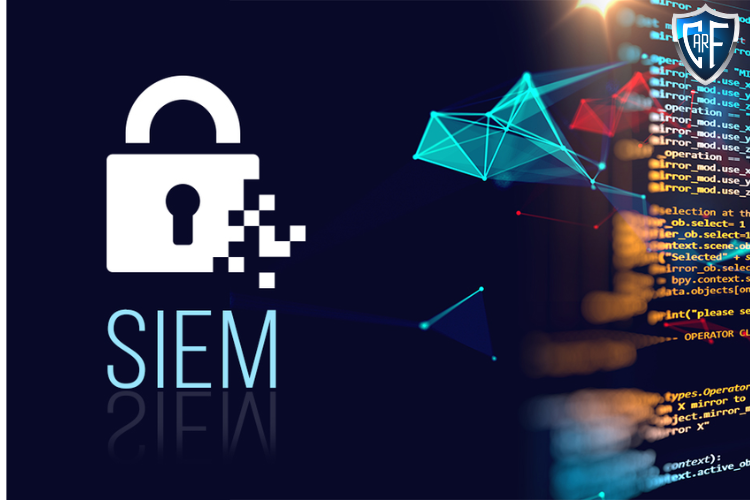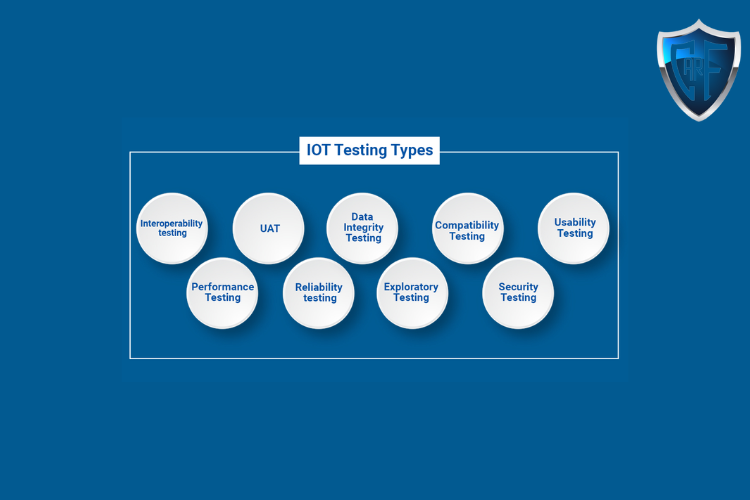Until recently, having a security operations center (SOC) was a privilege of large organizations. Now, with the help of next-generation security platforms and solutions, small companies can benefit from centralized security operations using minimal time and less resources.So how can smaller businesses build a security operations center on a budget? With the right tools and the tips we mention in this article, you can build an effective SOC for your company.In this post:What is a SOCKey aspects of a security operations centerToolsHow to build a security operations center using best practicesan effective SOC for your company.What Is a SOC?A security operations center (SOC) is the base from which the information security team operates within an organization. The term SOC applies both to the physical facility and to the security team, which detects, analyzes and responds to security incidents.SOC teams typically consist of management, security analysts and engineers. While having a SOC was once something only large organizations could afford, these days many medium- and small-sized companies are assembling lighter SOCs, with the help of technological solutions.Key Aspects of a Security Operations CenterThere are two foundations a SOC is built on—the staff and the tools. First, a staff with the right skill set means they will make the most of the security tools available. Many organizations assign in-house IT staff to security-only functions, providing training and hiring new talent to fill empty roles.Second, the right tools give your analysts the most visibility into active and emerging threats. The ideal system would be one that takes on the time-consuming work, such as collecting and sorting data from all feeds and prioritizing alerts. The security team uses these tools to identify and respond to incoming alerts, although security automation tools can help deal with low-level threats without the need to involve any staff.Security operations center roles and responsibilitiesA security operations center typically encompasses three or four defined roles. A SOC will assign analysts to three tiers, according to their expertise. In addition, it designates an incident response manager, in charge of implementing the response plan in the event of an attack.The basic roles in a security operations center are:Security analystSecurity engineerSOC managerChief Information Security Officer (CISO)Smaller organizations often set-up functional arrangements, with the more traditional IT head, the chief information officer (CIO) taking on the responsibilities of a CISO, or a top-tier analyst functioning as an incident response manager.Security operations center processes and proceduresWithout a SOC, security tasks are often assigned ad-hoc with no streamlined procedures. One best practice is for organizations to create a plan to optimize operations so everybody is in line with the security strategy. The key processes a SOC should implement are:Step 1. Triage—search for indicators of compromise (IoCs), classifying events according to their severity. Include periodical vulnerability assessments to identify gaps attackers can exploit.Step 2. Analysis—prioritize alerts focusing on events with the potential for the most impact to operations.Step 3. Response and recovery—early response is the key to containing an event successfully, involving containment and elimination measures. After the threat is eliminated, you need to recover the systems with actions such as restoring backups, re-configuring systems and network accesses.Step 4. Lessons learned—involves assessing what worked and what didn’t, evaluating the reports generated while dealing with the incident. The SOC team can use the resulting information to adjust the incident response plan.Roles are assigned for every step, keeping in mind who is accountable for every process. Teams should document at every stage of the processes to help review and adjust the plan.Most security strategies are based on a layered protection model. Since each vendor specializes in a specific layer, organizations need to integrate all these different tools to detect and respond to threats.ToolsWhile this works for large organizations with many security analysts at their disposal, it is a challenge for smaller organizations with limited resources. Smaller businesses can benefit from a new approach, integrating the capabilities of new technology solutions into a process that small teams can use with ease. These technologies will have the following capabilities:Asset discovery—helps you know what systems and tools you have running in your environment. Determines what are the organization’s critical systems to prioritize the protection.Vulnerability assessment—detects the gaps an attacker can use to infiltrate your systems is critical to protect your environment. Security teams must search the systems for vulnerabilities to spot these cracks and act accordingly. In addition, regulatory mandates require periodic vulnerability assessments to prove compliance.Behavioral monitoring—the use of a user and event behavioral analytics (UEBA) tool helps security teams create a behavioral baseline, making it easier to apply behavior modeling and machine learning to surface security risks. UEBA tools generate alerts only for events that exceed the predetermined threshold, reducing false positives and conserving analyst resources.Intrusion detection—intrusion detection systems (IDS) are one of the basic tools for SOCs to detect attacks at the point of entry. They work by detecting known patterns of attack using intrusion signatures.SIEM—tools that provide a foundation to SOC given their ability to correlate rules against large amounts of disparate data to find threats. Integrating threat intelligence adds value to the SIEM activity by giving context to the alerts and prioritizing them.Threat IntelligenceSecurity analysts monitor the environment looking for clues for malicious behavior. Adversaries usually leave traces of their activities in the form of IP addresses, host and domain names or filenames. SOC teams use threat intelligence to recognize these clues and attribute them to specific adversaries. They then build countermeasures for the attackers to prevent further attacks.Threat intelligence core elements of context, attribution, and action, help security teams identify the attacker and respond quickly:Context—gives you an idea of the urgency, relevance, and priority of a threat. Threat intelligence tools provide context to alerts and define the type of attack.Attribution—threat intelligence solutions use the context to attribute indicators to specific attackers. The system helps SOC teams build a profile of the adversaries, helping identify who is behind the attack.Action—attackers change their methods and tools all the time, so it is important to respond to an attack immediately, while the data is relevant. Threat intelligence tools assist the SOC to act promptly by alerting of a threat urgency.How to Build a Security Operations Center Using Best PracticesProvide the right toolsIt is wise to invest in tools and technology solutions that will help your team detect and act more quickly in the event of an attack. You can look for automation and orchestration security solutions that can take the load of time-consuming tasks, such as sifting through alerts.Keep your incident response plan up-to-dateHaving a detailed and updated action plan can help your team respond swiftly to an attack. The security team benefits from an action plan with defined roles, knowing what should be done and who should do it.Building a SOC on a limited budgetHow can small organizations implement all these practices when dealing with budget constraints? It’s simple—have a security strategy in place and invest in the tools that can simplify your SOC team’s work.Develop a security strategyThe starting point to build a SOC is to develop a security strategy. For that, consider these steps:Assess your current SOC resources and capabilities—you could refashion your IT staff into a SOC, adapt existing processes or optimize your tools.Define the business objectives for the SOC—consider which systems are critical to support operations so the security team can reinforce their protection.Choose a SOC model—such as hybrid, virtual or in house.Choose the right technology solution—this can be the difference between productive and overwhelmed staff.Building a modern security operations center (SOC) is much more than assembling the latest equipment and then hiring a team of analysts. It’s an ongoing effort to stay on top of threats, be current with emerging technology and trends, and hire and keep the right talent.
Read More


.png)



